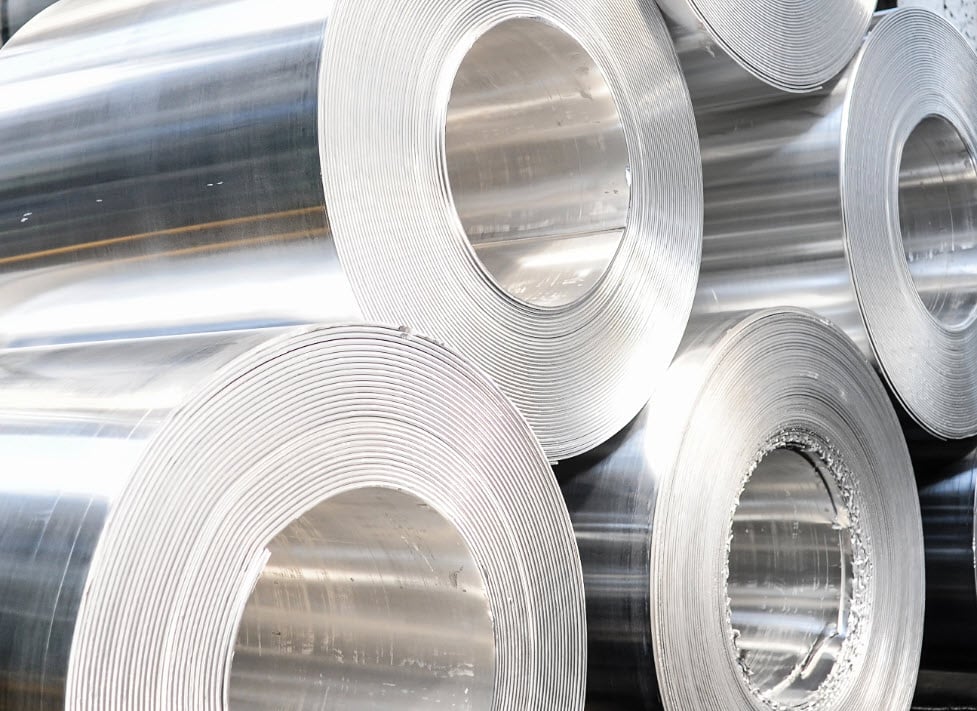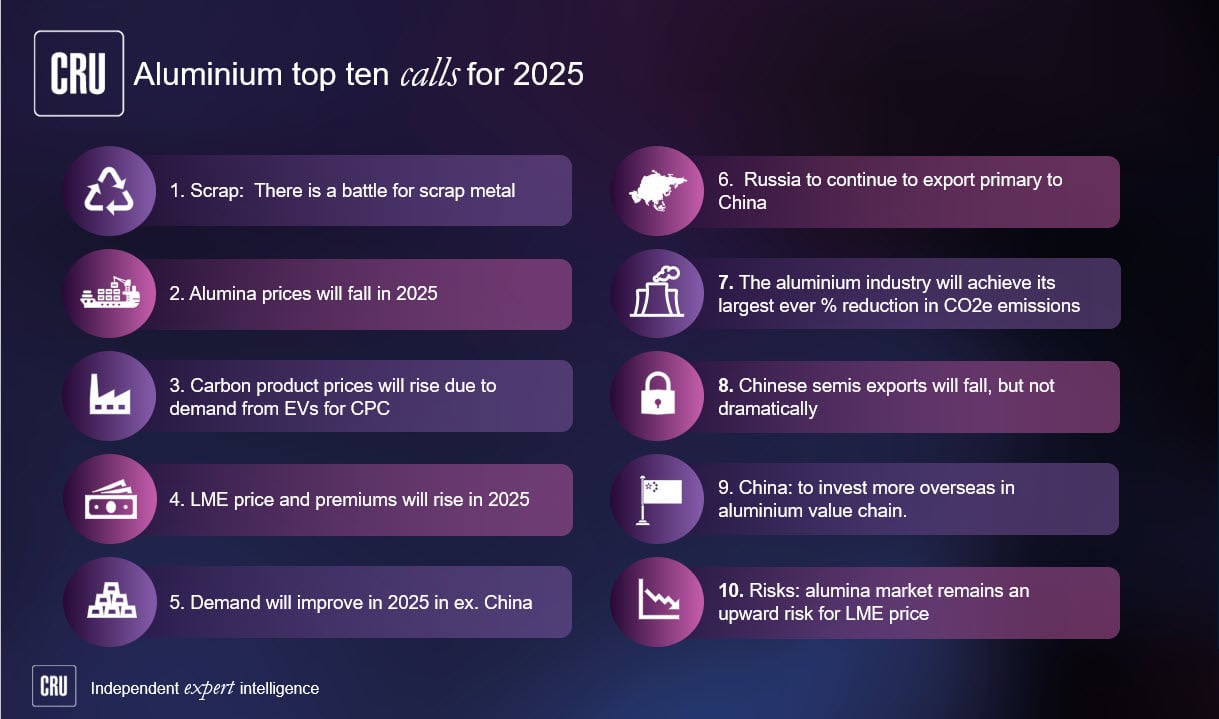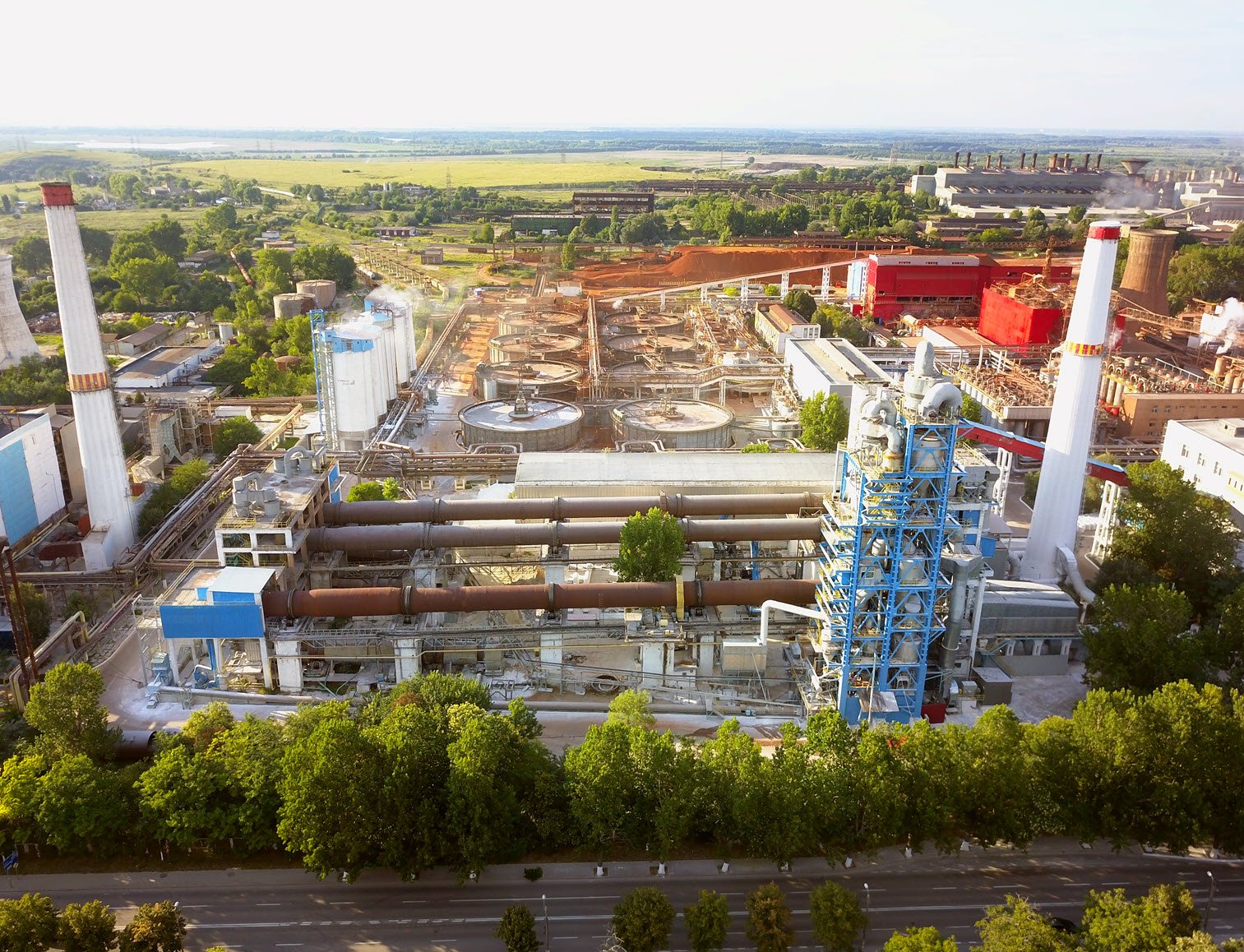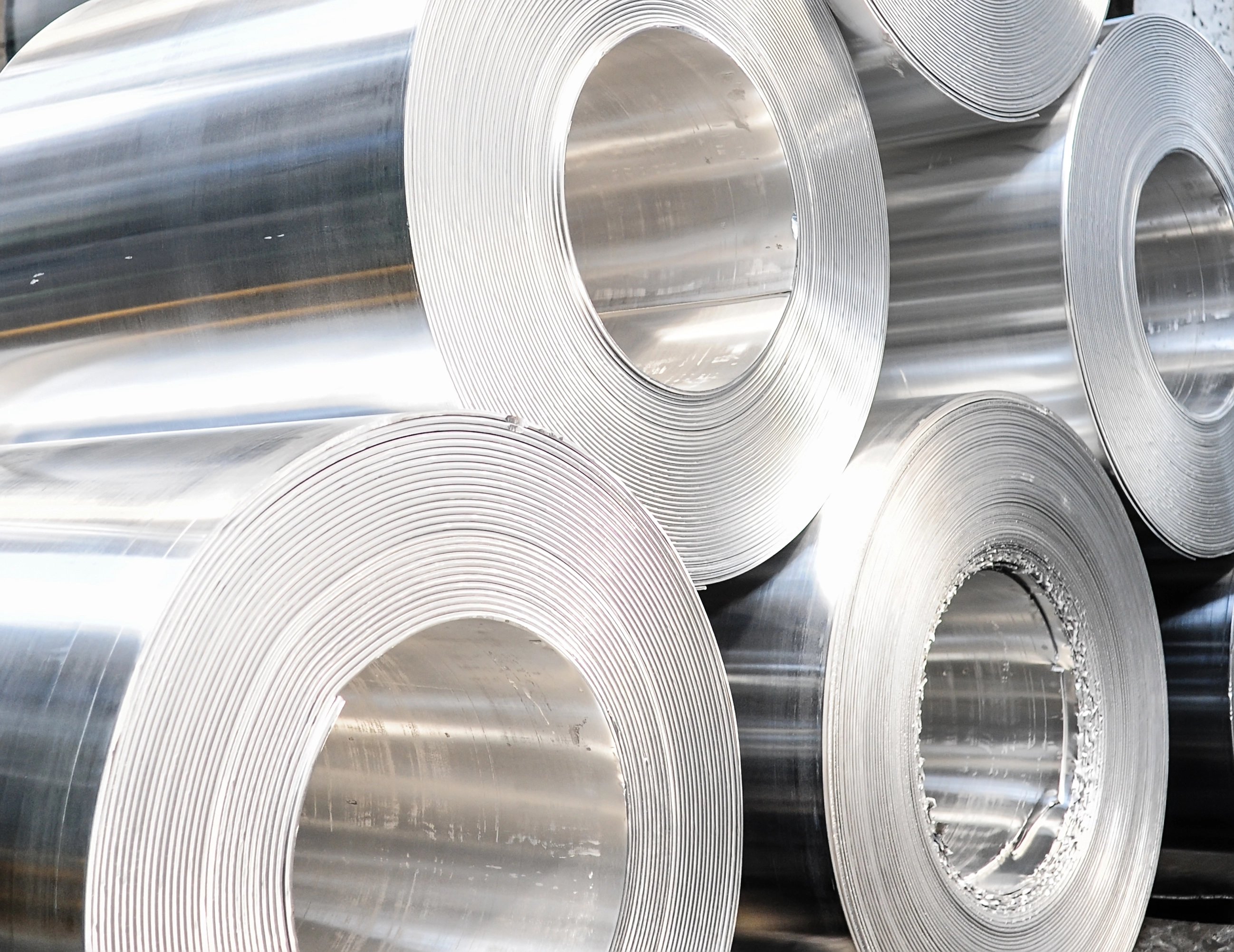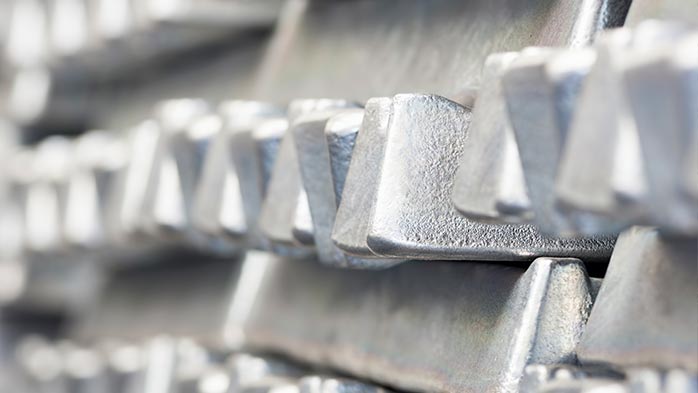Like in any industry, making the best use of the existing resources is essential, but beyond that, how does an individual producer of aluminium rolled products gain competitiveness?
We identify three key strategic areas that the producer can address to gain competitiveness: product portfolio, mill equipment, and raw material sourcing. Macroeconomic factors will also have a big influence, but are much less controllable from a producer perspective.
In addition to providing detailed cost data on a mill-by-mill basis, CRU's Aluminium Rolling Cost (ARC) model allows the user to input or change a large variety of parameters in these four areas. For example the user can access and control the primary processes involved in rolling as well as the economic environment within which each mill must operate. The user can directly analyse the impact on costs, on a plant level or company level, as well as the shift in a mill's position among its competitors. ARC's coverage of total world production of aluminium rolled products remains at over 90%.
The first area that a producer can address, product portfolio, is important because there is a wide range of products in the aluminium rolling market and their margins are dictated by both complexity and supply and demand. Therefore rolling mills can gain competitiveness by adjusting their product mixes to follow market changes and achieve higher margins.
Costs of aluminium rolled products mainly driven by global prices
The costs of producing the majority of aluminium rolled products remain largely driven by raw materials costs, i.e. metallic input costs; they typically account for over 70% of a rolling mill's full operation costs. Overall, raw materials costs are largely driven by the LME price. A rolling mill's raw material costs can rely greatly on its sourcing strategy which often includes buying scrap and using run-around scrap, but it has been increasingly challenging to gain competitiveness using this approach due to the tight scrap spreads seen in recent years. Another key cost driver is the energy price, but like the metal price, it tends to move in the same direction globally. Consequently the opportunities for differentiation are limited and cost curves are relatively flat across most products. To some extent, the flat curves are due to global pricing of key input materials, but may also reflect standardised products within each different product category. Hence, the ability of a mill to gain a competitive edge over its competitors relies greatly upon maintaining tight control over labour and maintenance costs, which cover only a fraction of the total cost picture.
Not all products are created equal … focus on margins
Conversion fees and margins are typically based, at least in the first instance, on the cost of converting the raw metal into the finished product. Therefore producing complex products, which have higher conversion costs as they require more treatments and processing, can provide more flexibility to gain competitiveness. However margins are also dictated by demand and supply of a particular product. The diagram below displays the relative difference in margins for a selection of products.
The automotive industry currently represents a small part of the market but has attracted a great deal of attention. Since 2014, there has been a significant increase in production of automotive products, generating high margins. This follows a strong demand growth trend in the USA and Europe that is expected to continue. Moreover, America benefits from low energy costs and both the USA and Europe will benefit from economies of scale, as they are by far the largest producers of auto body sheet. In North America, the auto body sheet market is expected to be bigger than the North American can stock market by the middle of the next decade. The bulk of the production is currently shared among a few major American and European producers. Due to the capex requirements necessary to move into automotive sheet, only a limited number of additional companies are expected to enter the market by 2020.
On the other end, the beverage industry is a large market and margins are usually much reduced due to a sufficient and competitive supply base. Global demand for can sheet has been growing steadily, mainly due to an increased consumption in emerging markets, but North America is still the largest consumer. Cost-wise, the all-in production cost curve of can body sheet is relatively flat across the board.
In the USA and Europe, margins have been in decline for can sheet, due to increased competition from emerging suppliers. American and European producers that have moved into higher value automotive sheet production have done so partly at the expense of can stock production as can sheet margins continue to be squeezed. Many of them are content to lose can market share to pursue the higher margin products.
The Asian markets represent a huge growth opportunity for can stock producers. In China, packaging has been the fastest growing sector in terms of rolled product demand, with can body stock demand rising by 10% in 2015 and a further 6% in 2016. China has produced only a very limited amount of automotive sheet but it has increased its production of can body sheet from 8% of its total production in 2014 to 11% in 2016.
Conclusion
Overall, aluminium rolling costs have fallen globally, following the LME price, but margins have also fallen. In the current environment of low metal prices, low scrap margins, and overcapacity, a lot of American and European producers have shifted their product mixes to focus on niche, or higher value added products like auto body sheet in order to achieve better margins. Production of lower margin products is still high due to a strong global demand.
The five biggest producers worldwide - Novelis, Arconic, Constellium, Hydro and UACJ - produce aluminium coils for the automotive and/or aerospace industries as well as producing can stock, both in fairly similar amounts. The two categories of product together make up for more than half of their product mix.
Despite the relatively high margins in production of automotive and aerospace products, both categories of products are currently suffering from falling margins. Looking ahead to 2020, they are still expected to stay relatively higher in margin than standard products despite over supply. China is expected to become more competitive in the automotive market, but CRU does not forecast growth in auto body sheet production in China on anything like the same scale as in the USA and Europe. Instead, China is expected to further develop its can stock production, motivated by strong demand growth and declining can stock production in key markets such as North America. CRU's cost analysis also forecasts that China will have improved corporate costs for can sheet production by 2020, due mainly to improved efficiencies, as well as improved economies of scale.





